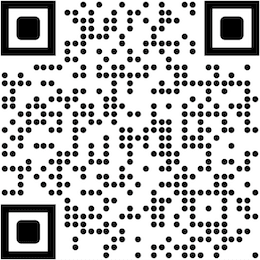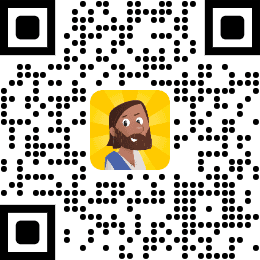Xhosa Language
Xhosa or isiXhosa is a language spoken in South Africa, especially in the Eastern Cape.
Appleyard
John Whittle Appleyard was born in Cirencester in England on 15th June 1814. He was the son of a Methodist minister Rev John Appleyard. He attended Kingswood School in Bath, which had been founded by John Wesley. After leaving school he was an apprentice to a bookseller and printer at Shepton Mallett, in Somerset. In 1832 he came to faith. From 1835 he set himself the task of learning Hebrew, Greek and Latin. In 1836 he was accepted as a Wesleyan Methodist local preacher. In 1837 he was proposed for the ministry and studied theology at the Wesleyan Theological Institution at Hoxton in London.
In South Africa
Appleyard joined the Wesleyan Missionary Society (WMS) and originally wanted to be a missionary to India. He travelled on the missionary ship Triton, which sailed from Bristol to the Cape of Good Hope. It was on the ship that he met Miss Archbell who he married in 1841. He arrived in South Africa on 5th January 1840, and soon he mastered Cape Dutch (Afrikaans) and Xhosa. By mid 1843 he was confident enough to preach in Xhosa. He was regarded as a prominent Wesleyan missionary in the Eastern Cape.
Bible translation
Appleyard oversaw the production of the Xhosa New Testament which was published in 1846. This was partly a revision of the existing translations by other missionaries and partly his own translation. He translated from the original languages by reference to the English King James Version and the Dutch Statenvertaling. Appleyard also made a comparative study between the Tswana and Xho languages. In 1850 Appleyard wrote a comprehensive analysis of the isiXhosa language called “The Kafir Language: Comprising a Sketch of its History; Which includes a General Classification of South African Dialects, Ethnographical and Geographical: Remarks upon its Nature: and a Grammar”. This was published in King William’s Town by the Wesleyan Missionary Society, and earnt him a Diploma from the Ethnological Society in London. From August 1850 he was most closely involved in the writing and printing of the Isitunywa Sennyanga, a monthly Xhosa newspaper, which was the first regular Xhosa publication.
Appleyard’s translation of the whole Bible afterwards required all his attention. The Xhosa New Testament was published in 1853. The New Testament was printed as one book in December 1854 by the Wesleyan Mission Press, and financed by the British and Foreign Bible Society (BFBS). Then he revised existing Old Testament books translated by others: Psalms was translated by Mr Dugmore, Ruth by Mr Garner, Rev A. Kraff translated Judges and Samule, and Mr. Warner translated Proverbs. Appleyard then translated the rest of the Old Testament from Hebrew himself. In 1860 he returned to England where he spent four years, living in Stoke Newington, revising and perfecting the Old Testament. The Bible was printed in 1864, and then Mr and Mrs Appleyard returned to South Africa in 1865. He was known as “The Tyndale of South Africa”.
After publication some other missionaries called a meeting and published a pamphlet criticising the translation. In response Appleyard published his reply called “An Apology for the Kafir Bible”. He died in Cape Town on 4th April, 1874.
After he died Rev John Thornley wrote “A Memoir of Rev John Whittle Appleyard”, which was based on his journal and papers. This was published by the Wesleyan Missionary Society in London in 1881. His journal was published in 1971 as “War of the Axe and the Xhosa Bible”.
Appleyard Corrected Version 1864, 1902
As a response to the criticisms of Appleyard’s work, it was revised by an inter-denominational committee. However in 1896 the South African Wesleyan Missionary Conference requested the British and Foreign Bible Society (BFBS) to reprint Appleyard’s Version, on the grounds that the revised version was not acceptable to the nationals in the Eastern Cape. This application was renewed a little later, it being alleged that the version of 1888-9 represented the Gaika dialect, and contained words and phrases which were distasteful to the Fingoes, Tembus and Pondos. BFBS therefore decided to reprint 10,000 copies of the Bible of the 1864 and 3,000 copies of the New Testament after obvious errors had been corrected, and the orthography was revised by W. Hunter.
The 1902 edition is therefore a corrected reprint of the 1864 Bible. It was called "Izibalo Ezingcwele". This was printed again in larger font in 1905, and reprinted again in 1935.
Digital Edition
The Xhosa Appleyard Bible was digitised for the Bible Society, with the help of MissionAssist in 2021, for the benefit of Xhosa speakers who still love and use this translation. It was produced from an original copy of the 1902 edition from the Bible Society archives at Cambridge University.



